You guys rock! I've been coming here for weeks identifying the birds in our backyard for my daughter's school project. Thanks so much for this valuable resource.
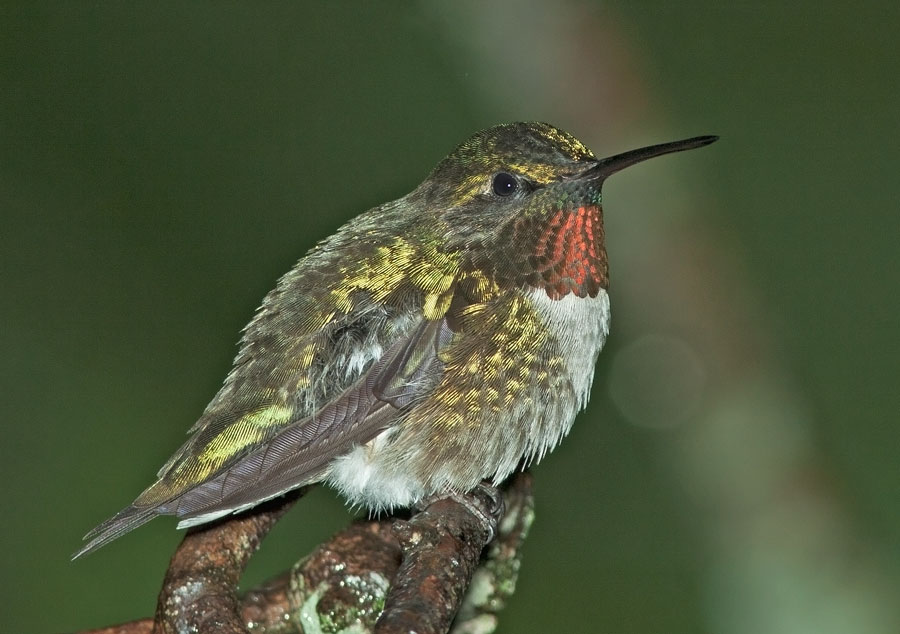
Midwest and east coast hummingbird. Adults are metallic green above and greyish white below. Their bill is long, straight and very slender. The adult male, shown in the photo, has a glossy ruby red throat patch and a dark forked tail. The female has a dark rounded tail with white tips and no throat patch, though she may sometimes show light spotting on her throat.
The breeding habitat is open areas throughout most of eastern North America and the Canadian prairies. The female builds a nest in a protected location in a shrub or tree. Both males and females of any age aggressively defend feeding locations within his or her territory. The aggressiveness becomes most pronounced in late summer to early fall as they fatten up for migration.
The Ruby-throated Hummingbird is migratory, spending most of the winter in Mexico or Central America.
These birds feed on nectar from flowers and flowering trees using a long extendable tongue or catch insects on the wing.
Due to their small size, they are vulnerable to insect-eating birds and animals. These birds require frequent feeding while active during the day and sometimes become torpid at night to conserve energy. This is the only hummingbird commonly found in eastern North America.
Females lay two white eggs averaging 12.9 by 8.5 mm.
Photo © Mark S. Szantyr
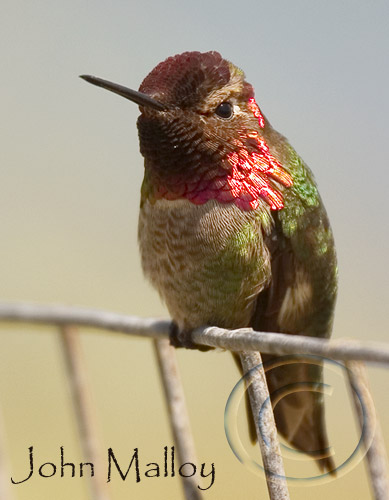
West coast only.
These birds are glossy green on the back and grey below with green flanks. Their bill is long, straight and slender. The adult male has a glossy red crown and throat and a dark tail. Females and juveniles have a green crown, a grey throat with some red marking and a dark tail with white tips.
Their breeding habitat is open wooded or shrubby areas and mountain meadows along the Pacific coast from British Columbia to Arizona. The female builds a large cup nest in a shrub or tree, sometimes in vines or on wires.
These birds are permanent residents in parts of their range. Some birds may wander north to southern Alaska, south to Mexico or move east from California after nesting season.
These birds feed on nectar from flowers using a long extendable tongue or catch insects on the wing. While collecting nectar, they also assist in plant pollination. They sometimes eat tree sap.
Unlike most hummingbirds, this bird sings during courtship. They are very territorial.
Photo © John Malloy
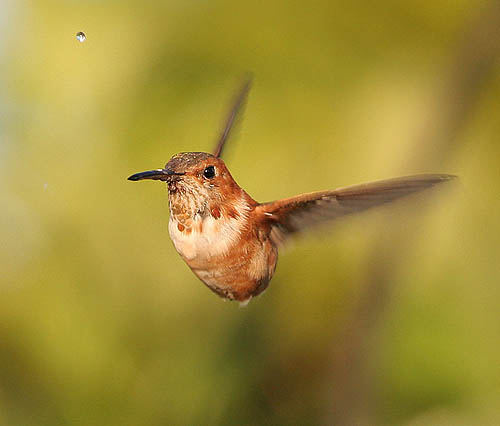
Western states.
The adult male, shown in the photo, has a white breast, rufous face, upperparts, flanks and tail and an iridescent orange-red throat patch (gorget). Some males have some green on back and/or crown. The female has green upperparts, white underparts, some iridescent orange feathers in the center of the throat, and a dark tail with white tips and rufous base. Females and the rare green-backed males are extremely difficult to differentiate from Allen's Hummingbird.
Their breeding habitat is open areas and forest edges in western North America from southern Alaska to California. This bird nests further north than any other hummingbird. The female builds a nest in a protected location in a shrub or conifer. The male aggressively defends feeding locations within his territory. The same male may mate with several females.
They are migratory, many of them migrating through the Rocky Mountains and nearby lowlands in July and August to take advantage of the wildflower season there. They may stay in one spot for considerable time, in which case the migrants, like breeding birds, often aggressively take over and defend feeding locations. Most winter in wooded areas in the Mexico state of Guerrero, traveling over 2,000 miles by an overland route from its nearest summer home--a prodigious journey for a bird weighing only three or four grams.
This is the western hummingbird most likely to stray into eastern North America. There has been an increasing trend for them to migrate east to winter in the eastern United States, rather than south to Central America. This trend is the result of increased survival with the provision of artificial feeders in gardens. In the past, individuals that migrated east in error would usually die, but now they often survive, and their tendency to migrate east is inherited by their offspring. Provided sufficient food and shelter is available, they are surprisingly hardy, able to tolerate temperatures down to at least -20°C.
Photo © Chris Wormwell
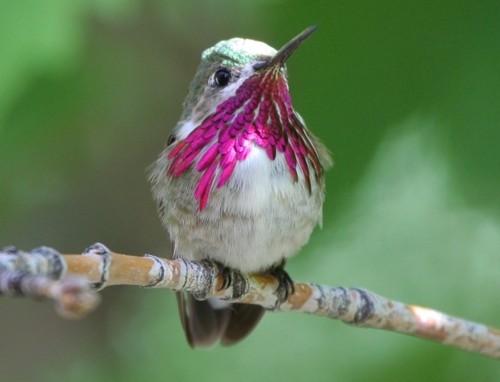
© Glenn Walbeck
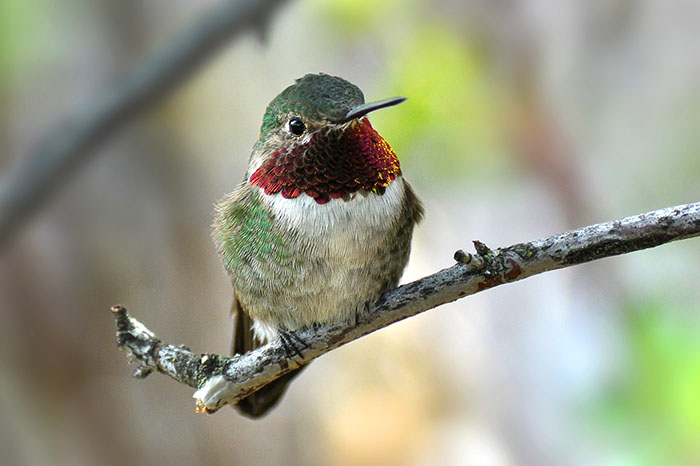
© Ryan O'Donnell
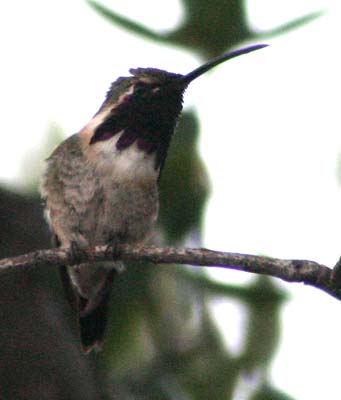
Arizona Only © Michael Woodruff

© Tim Avery

Arizona Only © James P. Smith
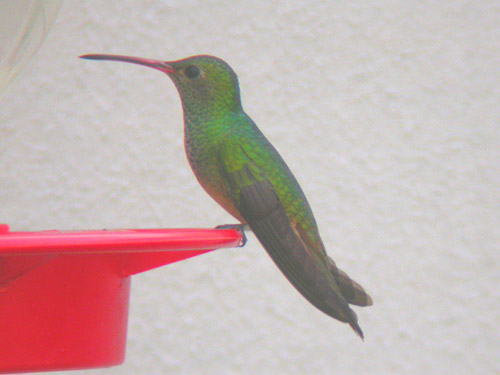
Texas Only © Michael Todd
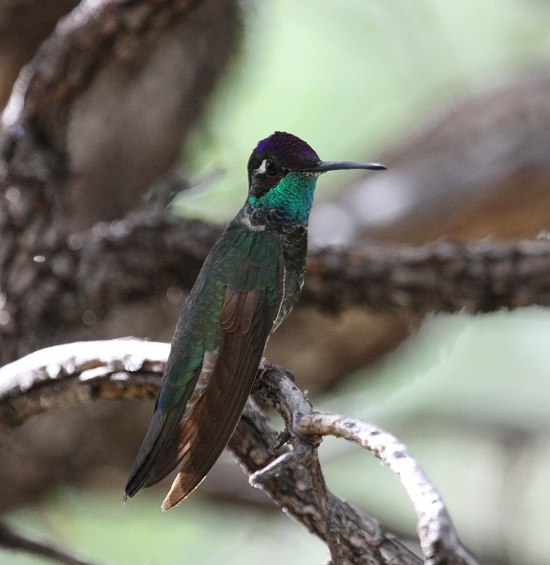
Arizona Only © Chris Charlesworth
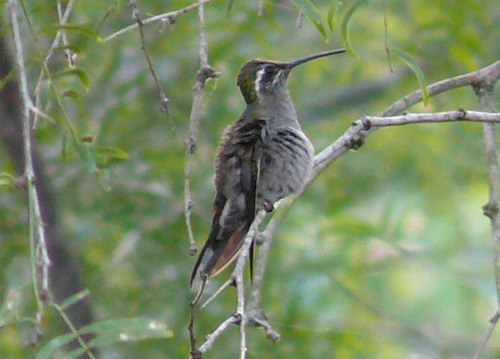
Arizona Only © Dan Jones

Very Rare Vagrant © Julian Hough
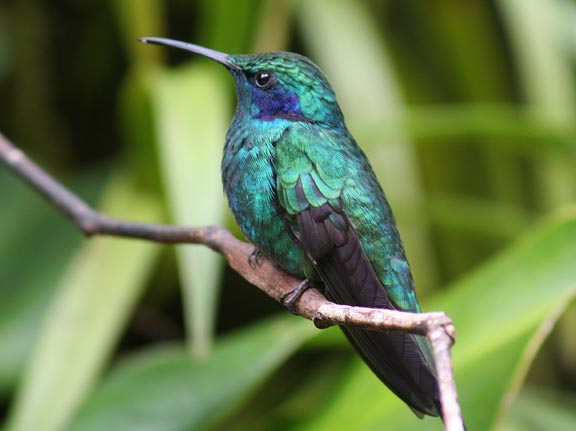
Very Rare Vagrant © Mark Dennis
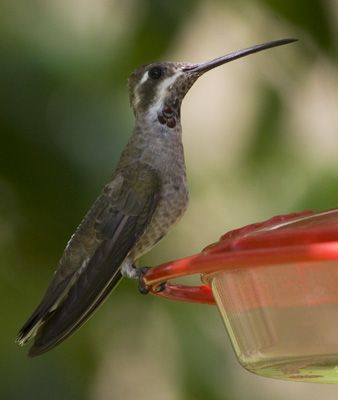
Very Rare Vagrant © John Pushock

Arizona Only. Note red base to bill.Photo © Andrew Spencer